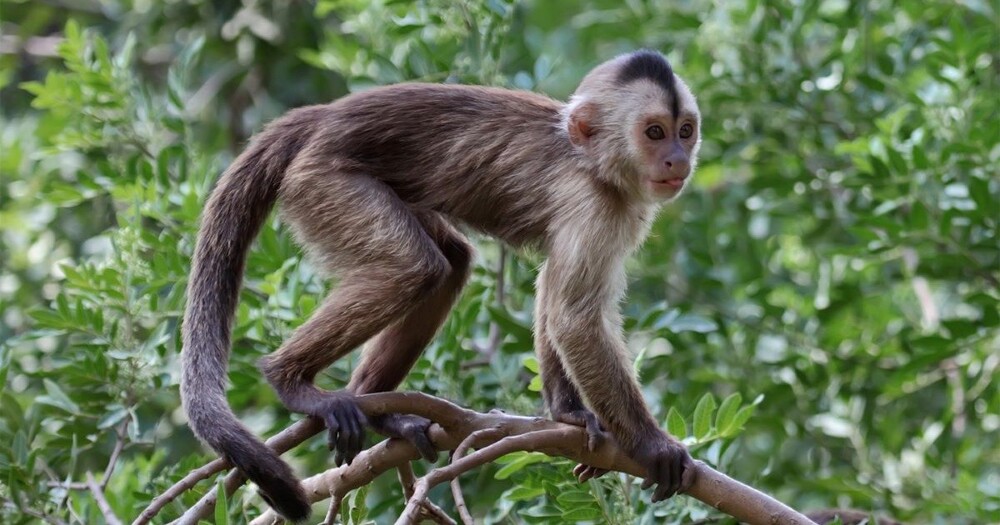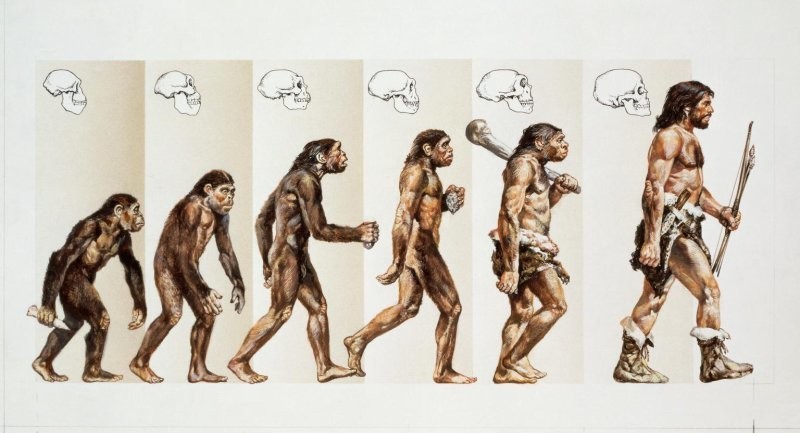Scientists have discovered why people lost their tails during evolution (3 photos)
Researchers at New York University Langone Health have discovered how early humans lost their tails 25 million years ago. After studying DNA samples from humans, anuran monkeys and macaques, scientists discovered that the latter were missing part of the genetic code common to the first two. 
"Our study helps explain how evolution robbed us of our tails, a question that has bothered me since childhood," said lead author Bo Xia.
This was not due to mutation, but due to a "fragment" of genetic code known as AluY, which appeared by chance in early humans and apes in prehistoric times. 
AluY paired with another gene called TBXT to produce two types of ribonucleic acids that caused tail loss in humans and monkeys.
"The discovery is remarkable in that most human introns carry copies of repetitive, jumping DNA without having any effect on gene expression, but this particular AluY insertion determined the length of the tail," said Dr. Jeff Boeke.
As a result of this evolutionary split, humans, gorillas and chimpanzees developed the coccyx - the tail bone.
It is unclear why or how ancient creatures determined that losing their tail was the best condition for survival.
Experiments in mice have shown that tail loss may be associated with an increase in neural tube defects. 
Future research will test the theory that tail loss in humans contributed to neural tube birth defects.























